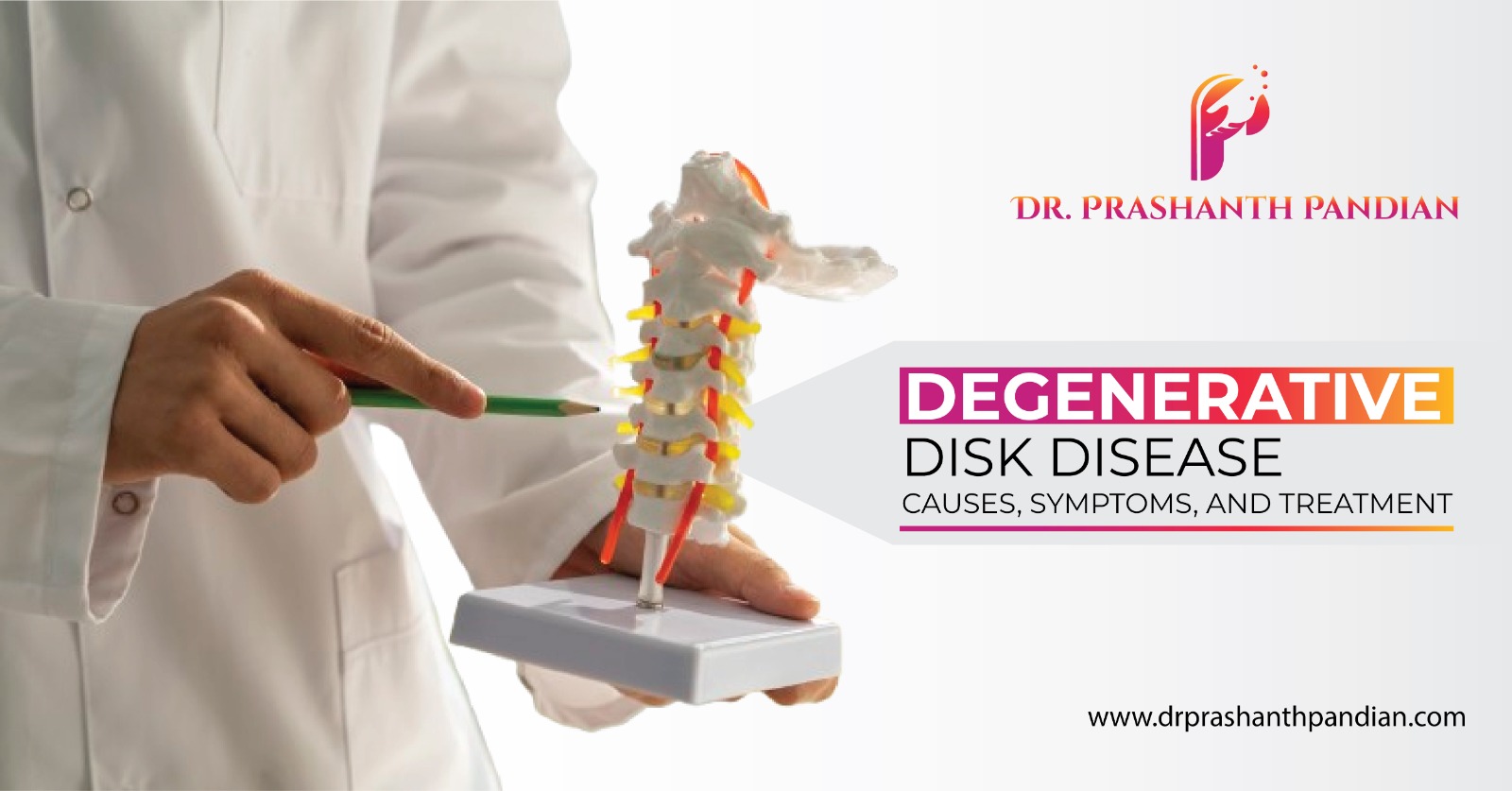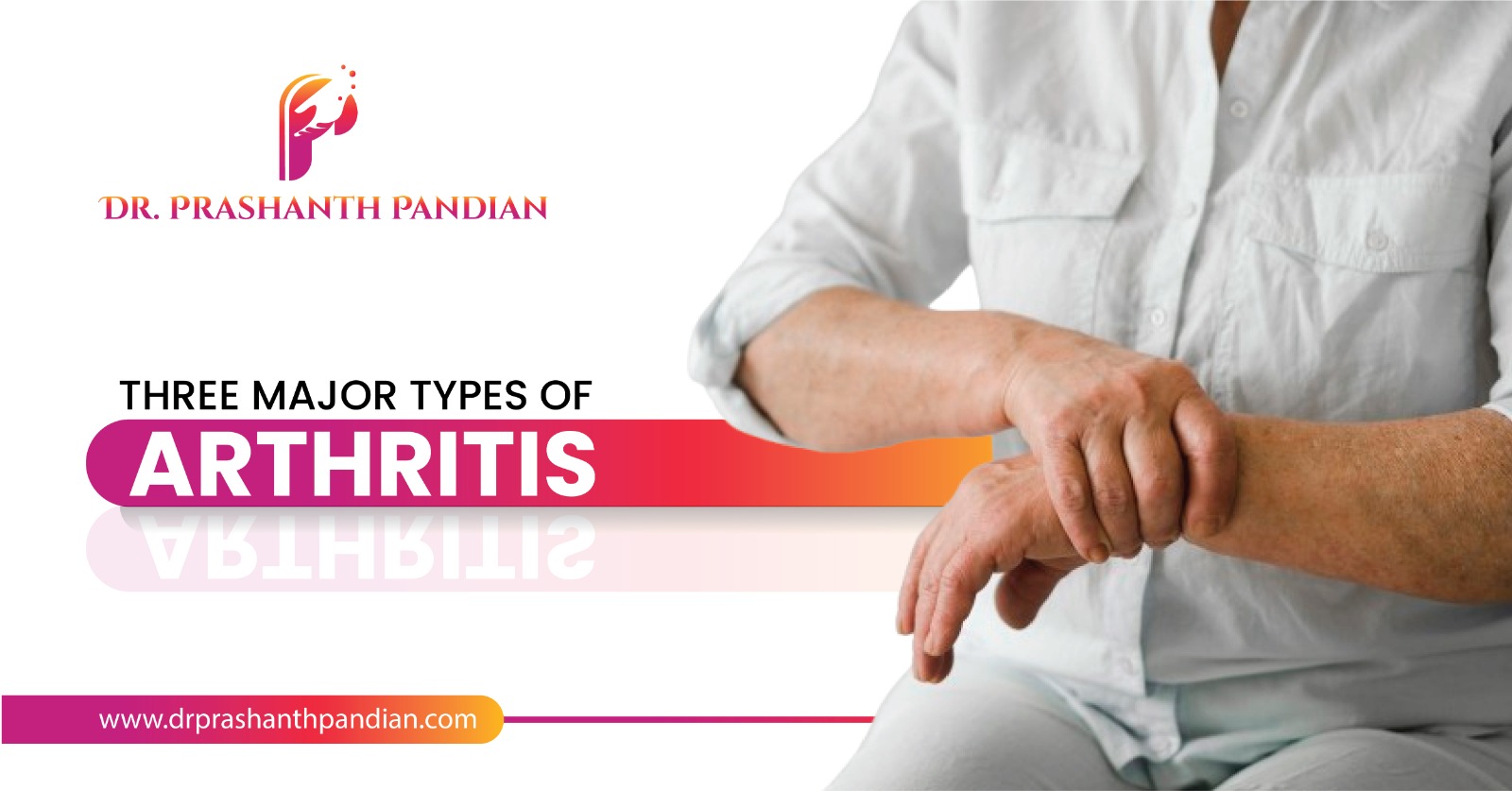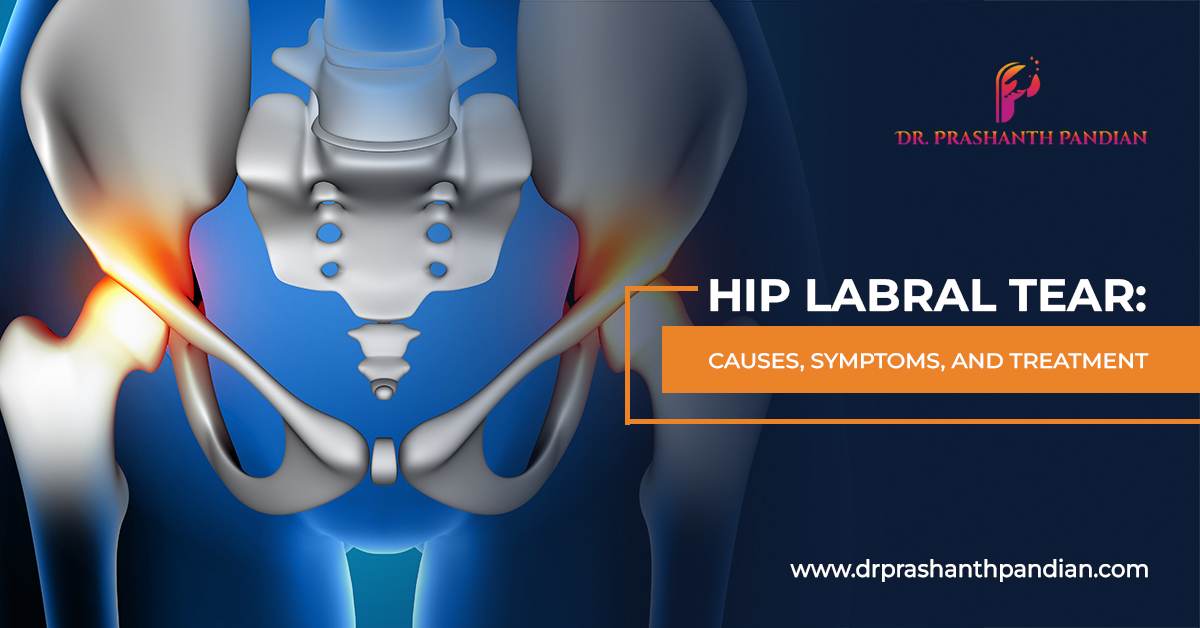Degenerative Disk Disease (DDD) is not a true disease but a condition in which the spinal disks—rubbery cushions between the bones of the spine—gradually wear down. These disks act as shock absorbers and support smooth movement. As they degenerate with age, the spine loses flexibility, which can lead to pain, stiffness, or reduced mobility.
DDD occurs when the disks between vertebrae lose their cushioning ability. The bones may start to rub together, leading to inflammation, stiffness, or nerve compression. The condition most commonly affects the lumbar spine (lower back) or cervical spine (neck). Sometimes, multiple disks are affected, known as multilevel degenerative disk disease.
Symptoms and Causes
The main symptoms include neck or back pain, which may worsen with bending, sitting, or lifting. The pain can be sharp or aching and may radiate to the buttocks or legs.
Degeneration is a natural part of aging, but certain factors can worsen it:
- Disk dehydration: Disks lose water content with age, reducing their shock-absorbing ability.
- Cracks or tears: Minor injuries can cause small fissures that irritate nearby nerves or lead to disk herniation.
- Risk factors include obesity, smoking, repetitive strain, aging, and physically demanding jobs. Women are slightly more likely to experience symptoms.
Diagnosis and Stages
Doctors diagnose DDD through medical history, physical examination, and imaging tests like X-rays, CT scans, or MRIs. These reveal disk height, alignment, and nerve compression.
DDD progresses through four stages:
- Dysfunction: Early disk wear with mild pain.
- Dehydration: Loss of disk flexibility and height.
- Stabilization: The spine stiffens, sometimes causing spinal stenosis.
- Collapse: Disks shrink further, and bones rub together, causing severe pain.
Treatment and Management
Most cases respond to nonsurgical treatments such as:
- Physical therapy: Exercises to strengthen the back and improve flexibility.
- Medications: NSAIDs, acetaminophen, or steroids to reduce pain and inflammation.
- Steroid injections or radiofrequency therapy: To ease chronic pain.
- Home remedies like gentle stretching, yoga, and alternating hot and cold compresses can provide short-term relief.
- If pain persists, surgical options such as diskectomy, laminectomy, or spinal fusion may be considered to relieve pressure on nerves and stabilize the spine.
Though degenerative disk disease cannot be reversed, early diagnosis, lifestyle changes, and proper medical care can effectively manage symptoms and help patients maintain an active, pain-free life.



